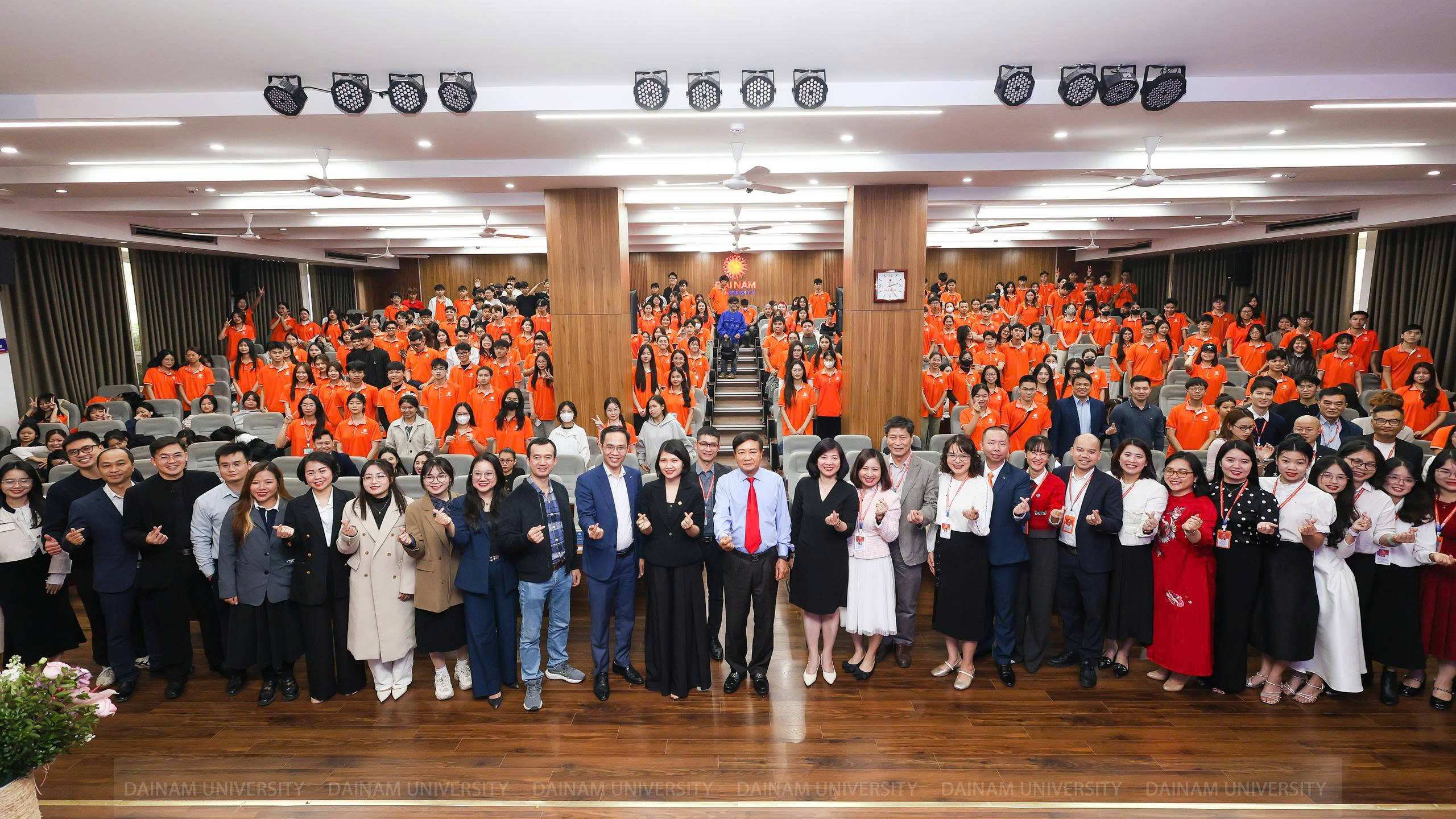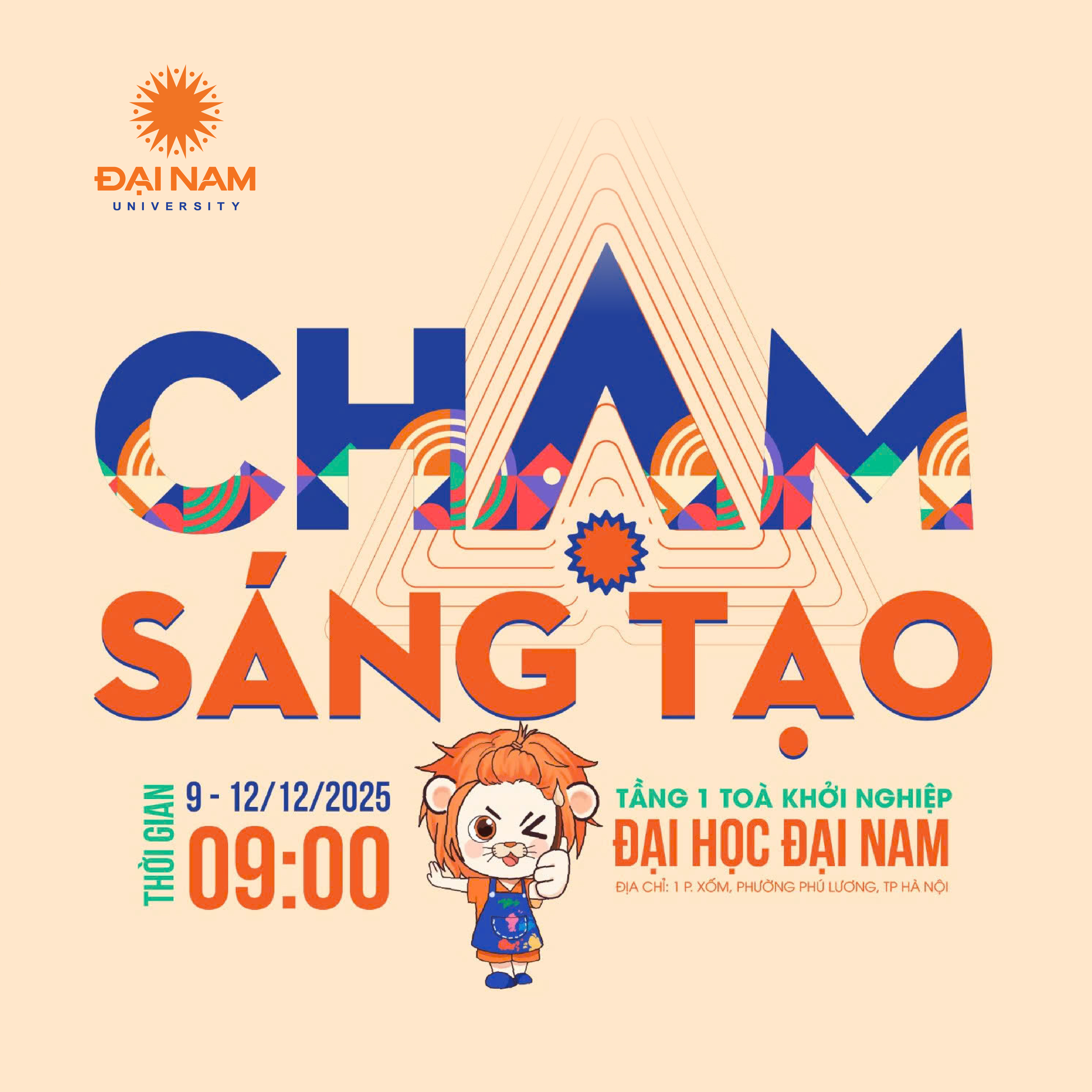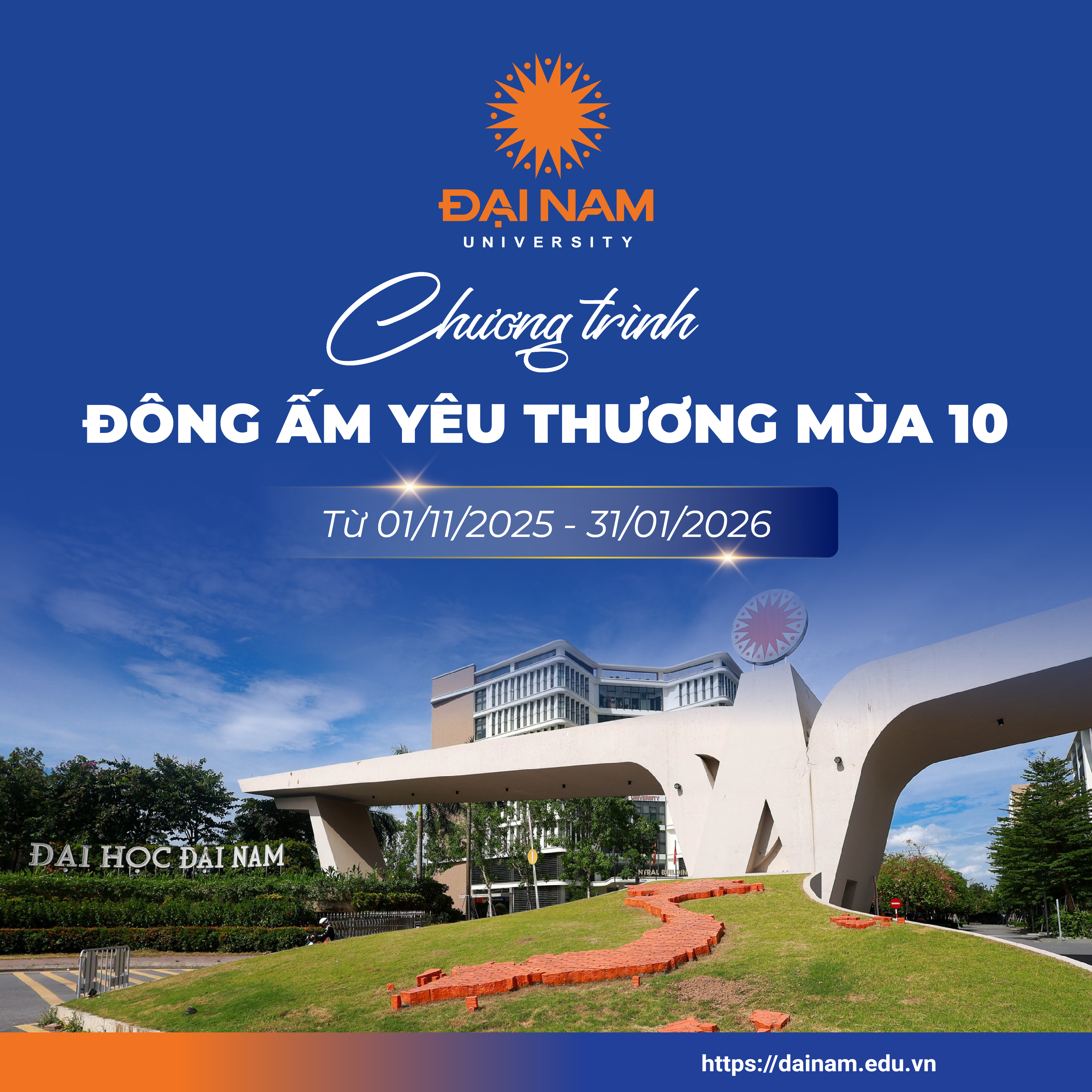Mind map - effective teaching and learning method

MSc. Nguyen Thi Thanh Xuan - Faculty of Accounting - DNU
In today's era, the source of learning and research materials such as books, magazines, newspapers, yearbooks, etc. is very abundant. In addition, with the strong development of information technology, we are exposed to the vast source of knowledge in the world. Besides, we often have to memorize, synthesize or analyze a problem using many methods such as drawing tables, bullet points of main ideas, drawing synthesis diagrams, etc., but it has never been systematic and thoroughly researched, but is only used sporadically among students before exam seasons.
Therefore, in education, in addition to imparting knowledge to students, we need to guide students to an active and autonomous learning method to acquire knowledge, and teachers also need to have a research method to always update the world's knowledge in a timely manner. With such a "sea of information", to approach well, there needs to be a method to help systematize that knowledge. Building an "image" that shows the connection between knowledge will bring significant benefits in terms of: memorization, cognitive development, thinking, imagination and creativity... One of the most effective tools to create "associative images" is MindMap. This article introduces the mind map method proposed by Tony Buzan, known as the "universal tool for the brain" is a creative note-taking method, currently being encouraged by the education sector to be implemented in teaching and learning.
1. Mind Map
Mind mapping is a method that has been proposed as a powerful means to take advantage of the brain's ability to record images. This is a way to remember details, to synthesize, or to analyze a problem into a form of branching diagram. This method was developed in the late 60s (20th century) by Tony Buzan, helping to record lectures using only key words and images. This way of taking notes is faster, easier to remember and easier to review.
This method exploits the ability to remember and relate facts together using colors, a basic structure that develops from the center, they use lines, symbols, words and images according to a set of simple, basic, natural and understandable rules. With a Mind Map, a long list of monotonous information can be transformed into a colorful, vivid, memorable, well-organized map. It works in harmony with the natural working mechanism of our brain. Remembering and recalling information later will be easier and more reliable than when using traditional note-taking techniques.
.png)

MindMap 10 things to learn from Albert Einstein
.png)

Mind mapping is an effective learning method in education.
Mindmap Learn
Advantages: Compared with traditional note-taking methods, the mind mapping method has the following advantages:
− The main idea will be central and clearly defined.
− The mutual relationship between each idea is clearly indicated. The more important the idea, the closer it will be to the main idea.
− The connection between key concepts will be immediately perceived visually.
- Reviewing and memorizing will be more effective and faster.
− Add information (ideas) more easily by drawing inserts into the map.
− Each map will be distinct from each other, making it easier to remember.
− New ideas can be placed in the correct position on the picture easily, regardless of the order of presentation, facilitating quick and flexible changes in memorization.
- Can take advantage of the support of software on the computer
2. Mind mapping:
A Mind Map works in the same way as our brain does. Although the brain can process most complex events, it is based on very simple principles. That is why creating Mind Maps is easy and fun, because they work with the brain's inherent needs and potential, not against them. So, what are the key tasks that the brain does in creating a Mind Map? It's simple: Imagination and association.
Seven steps to creating a mind map:
Step 1: Start in the CENTER of a blank sheet of paper and pull it to one side. Why? Because starting in the center gives the brain the freedom to spread out more freely and to express itself more naturally.
Step 2: Use an IMAGE or PICTURE for your central idea. Why? Because a picture is worth a thousand words and helps us use our imagination.
Step 3: Always use COLOR. Why? Because color is just as stimulating to the brain as images. Color gives Mind Maps resonance, vitality and endless energy for creative thinking and it is also pleasing to the eye.
Step 4: Connect the MAIN BRANCHES to the central IMAGE, and connect the second and third level branches to the first and second level branches, etc. Why? Because, as we know, the brain works by association. If we connect the branches together, it will be much easier to understand and remember many things.
Step 5: Draw more CURVED branches than straight lines. Why? Because nothing is more boring to the brain than straight lines. Like tree branches, organic curves are much more appealing and attract the eye.
Step 6: Use ONE KEYWORD IN EACH LINE. Because keywords give your Mind Map a lot of power and flexibility. Each single word or image is like a multiplier, giving its associations and connections a special appearance.
Step 7: Use IMAGES throughout. Because like the central image, each image is worth a thousand words. So if we have just ten images in our Mind Map, it is equivalent to ten thousand words of captions.
3. Application of mind maps in teaching
3.1. Teaching
Mind maps are ideal tools for teaching and presenting concepts in the classroom. Mind maps help teachers focus on the issue that needs to be discussed with students, providing an overview of the topic without unnecessary information. Students will not have to focus on reading the content on the Slide, but will instead listen to what the teacher expresses. The effectiveness of the lesson will be increased.
An interesting thing is that during the teaching process, teachers can immediately add to their lesson mind maps good, innovative ideas that teachers suddenly think of or from students' contributions. Teachers do this by adding keywords to the corresponding branch or creating a new branch.
3.2. Prepare documents and exercises to be distributed in class
Mind maps are an ideal teaching tool for distributing class materials, as they contain concise information, colors, images and an attractive visual layout that will immediately engage students. Mind maps provide a concise overview of a topic, making even the most complex issues understandable and interesting.
3.3. Encourage discussion and independent thinking
According to a recent study by Cambridge Primary School, it was found that classroom interaction and listening to students is an important factor in helping students think independently. MindMaps are an ideal tool to support classroom discussions, as the nature of mind maps encourages students to focus on making connections between topics as well as forming and spreading their ideas and opinions.
3.4. Student assessment
MindMap is an important tool that helps us assess students' knowledge before and after a lecture on a specific topic. Through this, the lecturer can monitor students' understanding. Mindmap encourages students to express ideas according to their own understanding and self-assess themselves after the lesson.
4. Applying mind maps in learning
Mind maps are also a useful tool to help students achieve better learning results and improve their memory. More importantly, students' note-taking will significantly improve, saving them time.
4.1. Notes and notes
First, MindMap is an extremely effective tool for recording information. We have all experienced the feeling of being overloaded with more and more lessons to take notes and having difficulty remembering them. Mind maps suggest a way to record information using only KEYWORDS, then visually link knowledge and ideas. All information is presented on just one page of paper, giving us a PANORAMIC PICTURE of the subject's knowledge. After the lesson, students can review it by looking at it.
4.2. Plan to do your homework
Use MindMap to plan your essay, develop ideas quickly and almost endlessly. The diffuse structure of MindMap allows ideas to flow, students just need to write them down, arrange them according to the main idea. The special thing is that with MindMap, our brain will focus completely on the writing topic without being distracted.
4. 3. Study for the test
Exams are a nightmare for students. Before the exam day, they often have to “consume” a large amount of knowledge and exercises. Some students rush to borrow notebooks from students who attend classes regularly to photocopy. Holding the photocopy makes them feel “discouraged” because they have to start reading again from the beginning.
The solution is that the lecturer has guided students to create MindMap for each subject from the beginning of the year, adding the main and important ideas. Spend about 5 minutes every day to review, supplement and update the knowledge learned every day. Information from the branches in the Mind Map will be linked together. Finally, the knowledge will be actively remembered. Exams have now become easier.
4.4. Stimulate creativity and problem solving
When faced with a difficult problem, we instinctively panic and worry. At this time, our heart beats faster and we feel stressed. Instead of “forcing” our brain to find a solution right away, we should use MindMap to draw out many possibilities and options for the problem. Through MindMap, students can find the fastest, easiest and best solution for themselves.
Tony Buzan – the father of Mind Mapping advises that we should write down all ideas, no matter how random, crazy or silly. These ideas will activate the endless CREATIVE POTENTIAL inside each of us.
4.5. Presentation
When we are in high school or college, students are very afraid of having to give presentations. We feel unconfident, lose our composure in front of a crowd, leading to forgetting the content of the presentation. The longer the presentation, the greater the feeling of anxiety.
When choosing MindMap as a presentation solution, we do not have to waste time reading each boring Slide. Instead, use MindMap to record KEYWORDS and IMAGES. This activates our speaking skills and memory. The presentation will become more natural and we will have more time to communicate with our audience.
>>> REGISTER FOR ADMISSION HERE
Register for admission consultation 2025
scholarships and tuition support worth up to 55 billion VND

scholarships and tuition support worth up to 55 billion VND






